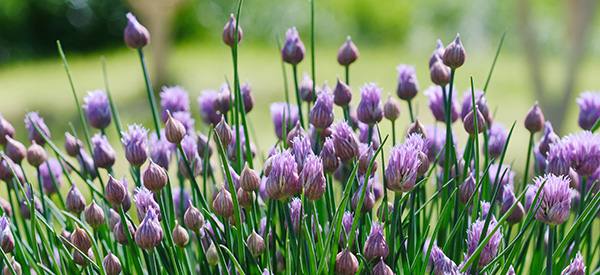
Chives
Chives (Allium schoenoprasum) is a perennial herb. It is the tiniest member of the allium genus. It was cultivated since the middle ages, but did not become popular until the 19th century. For many millenniums, chives have been around to serve culinary, medicinal, and ornamental purposes. Chives is a bulbous plant that grows beautiful, purple, star-shaped flowers in a dense clump. Aside from making an accent in the garden, the flowers are also best to go in ornamental dry bouquets.
Roman gypsies used chives in their divination and fortune-telling. They also believe that a dried bunch of chives can protect the house from evil spirits. It is not uncommon to find chives in Middle Age homes believing that it can ward off diseases and bad influences
The use of chives dates back to 5000 years ago, initially cultivated in China. The Romans brought the plant to Britain, where they are grown near Hadrian’s wall and still proliferated as a wild herb. They feed chives to their racehorses, wrestlers, and workers to give them physical strength. Marco Polo introduced chives to Europe in the late 13th century. Dutch settlers planted the herb in cow pastures and fed them to the cattle so they could produce milk with different tastes.
Where Chives Is Found
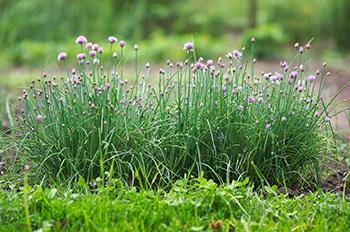 Chives grow abundantly in the temperate areas and the wilds of Asia, Europe, Australia, and North America. Today, the plant is cultivated mostly for its culinary use and ornamental value, with China leading in its cultivation and production.
Chives grow abundantly in the temperate areas and the wilds of Asia, Europe, Australia, and North America. Today, the plant is cultivated mostly for its culinary use and ornamental value, with China leading in its cultivation and production.
Chives fare better in areas with average well-drained soil having the full sun to partial shade. They thrive in the wild, in meadows, roadsides, and disturbed areas. Some varieties are growing near rivers. Chives usually grow in dry areas, but they occasionally grow in wetlands too.
Related: The Complete Map of Edible Plants: Find Out What You Have in Your Area! (Video)
How To Identify Chives
Chives are commonly found in grocery stores. They are easily identifiable by their slender and reed-like leaves. However, chives resemble many other plants like leeks and spring onions. They are also often mistaken for garlic chives, which is a different plant. Among these plants, the chive leaves have smaller, thinner, and greener circular leaf blades.
- Leaves. Chive leaves are semi-bulbous in appearance, growing directly from the underground bulb. The leaves are green, tubular, and linear. It is hollow and wedge-shaped that tapers to the base in straight, converging edges. They are often narrow at the opposite end than at the base end. Chive leaves grow at about 200 to 600 mm with a leaf blade width of only 2 to 7 mm.
 Flowers. The purple or lavender flowers of chives bloom in summer or spring. These edible blossoms are arranged in umbels with 6 rays or petals resembling a star. Each flower is less than an inch in size. The flowers grow in clusters in a showy display of 10 to 30 flowers for each cluster. Before opening, the inflorescence of the chives flower is covered in papery bracts.
Flowers. The purple or lavender flowers of chives bloom in summer or spring. These edible blossoms are arranged in umbels with 6 rays or petals resembling a star. Each flower is less than an inch in size. The flowers grow in clusters in a showy display of 10 to 30 flowers for each cluster. Before opening, the inflorescence of the chives flower is covered in papery bracts.- Fruits and Seeds. The chives flower develops small, three-valve capsules that contain a few seeds. The capsules are less than an inch in length and width, and disperse the seeds in summer. Chive seeds are tiny and angular. They are released from the capsule as it dries and splits open.
- Roots. Chives have underground bulbs with a shallow root system. Its root can grow no more than 12 to 18 inches deep. Some plants even have roots that at barely 3 inches.
- Stem. Chives grow a hollow and soft-textured stem or scape from their underground bulb. The scapes are about 50 cm long and 2 to 3 mm in diameter. The flowering stems of the chives are also hollow and upright with no true leaves.
Related: Plant Identification Guide – 400 Wild Plants That You Can Forage For (Video)
Allium schoenoprasum is a specie of the Amaryllidaceae family. It is the only specie of allium that is native to the New and Old Worlds. Its scientific name is derived from the Greek word, which means reed-like leaves. Its English name chive came from the Latin word cepa or onion, and turned to cive in French.
Chives have a few proposed subspecies and varieties, such as:
- schoenoprasum subsp. Gredense
- schoenoprasum subsp. Latiorifolium
- schoenoprasum var. sibiricum
How To Grow Chives
Chives is a non-fussy herb that even an inexperienced gardener can grow. They can grow either indoors or outdoors without a problem. They thrive better in cool climates and temperatures while growing in full sun.
The plant is perennial, meaning it can grow year-round to provide fresh chives anytime. You can grow chives from their seeds or underground roots. Chives can get slightly invasive in the garden as they re-seed or spread their roots. But since they grow in clumps, they are easy to remove and manage. The best way of growing chives is to plant them in containers if you want to control their spread.
Growing Chives from Seeds
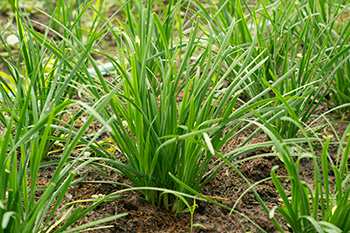 Chive seeds are readily available in some local and online herb stores. If you’re going to grow only organic chives, online stores are the best place to scout for them. If you want to grow the herb from your homegrown chives, choose the seeds that are produced within the same year. Chives tend to lose their viability quickly and may not last for more than two years if not stored properly.
Chive seeds are readily available in some local and online herb stores. If you’re going to grow only organic chives, online stores are the best place to scout for them. If you want to grow the herb from your homegrown chives, choose the seeds that are produced within the same year. Chives tend to lose their viability quickly and may not last for more than two years if not stored properly.
Chives can grow even in small pots since it has a shallow root system. Sow the seeds in well-draining soil or propagator, and place them on a warm window sill. If you live in cooler climates, a heated propagator set to a temperature between 20 to 25⁰C will germinate the chive seeds.
Germination often takes place in at least three weeks. There is no need to thin the seedlings in the box unless it gets very crowded. When the chive seedlings are about 5 cm high, transplant them into pots of peat-free compost. Grow them in cooler conditions for a while and harden them for about a week before transplanting them.
You may transfer the chives permanently in a large pot or to the ground to allow them to grow abundantly.
Growing Chives from Bulb
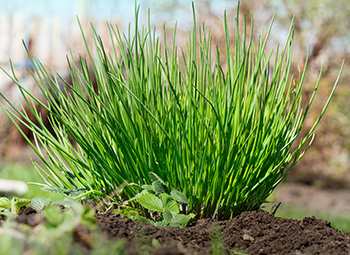
Chives are often sold in groceries with bulbs having a few intact roots. To re-grow this, trim the green part for your recipe, leaving about 2 to 3 inches of green part from the bulb. Plant the bulb in rich and moist soil and put it on a windowsill where it can get ample light. Water the pot only when it gets dry since chives are drought-resistant and will do well without regular watering.
Related: 10 Plants That You Should Never Plant Together (Video)
Plant Care and Maintenance
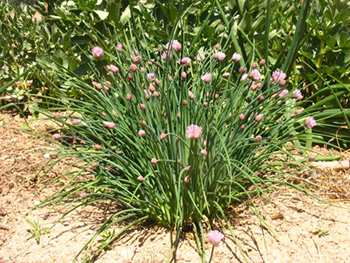 Chives are one of those herbs you can buy only once and grow forever in your home garden. They are low maintenance herbs that will flourish better in the following growing conditions:
Chives are one of those herbs you can buy only once and grow forever in your home garden. They are low maintenance herbs that will flourish better in the following growing conditions:
- Fertile and well-drained soil
- Full sun and partial shade
- Watering in summer
- Dividing and repotting to encourage better growth and prevent congestion
How To Harvest Chives
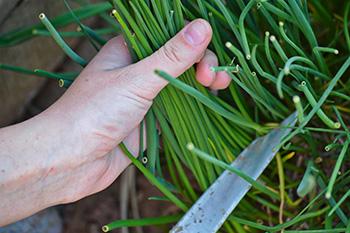 Harvesting the chives will encourage luscious leaves and stimulate new growth. The herb is ready for harvest once the leaves are about 3 to 4 inches long. To allow the plant to thrive, snip the entire leaves off, all the way down the soil line and not just the tip.
Harvesting the chives will encourage luscious leaves and stimulate new growth. The herb is ready for harvest once the leaves are about 3 to 4 inches long. To allow the plant to thrive, snip the entire leaves off, all the way down the soil line and not just the tip.
After the plants bloom and the flowers fade, cut the entire plant completely off the ground using a pruner or shears. This practice will generate new and fresh leaves for a year-long supply of this edible herb.
If you want to keep chives for future use, you may also dry their leaves. Process them in slow heat just enough to wither them but prevent them from totally getting dry. Roll the chives up in parchment paper and keep them in the fridge for future use.
What Chives Are Good For And Natural Remedies Made From It
Chives are a good source of vitamins and healthy nutrients. Its primary health benefit is in treating various digestive disorders. The organic compounds that chive contain can effectively ease stomach and digestive discomforts like indigestion. It also has an antibacterial property that flushes out the harmful bacteria in the gut, which causes gastrointestinal ailments.
Traditionally, chives are consumed to expel parasitic worms.
Aside from its antibacterial property, chive is also an antioxidant that helps remove free radicals to detoxify the body. It removes not only toxins, but also flushes excess fat, salt, and water to keep the organs function efficiently. Incorporating chives into the daily diet can slow down aging.
Allicin is an organic compound that is abundant in chives. It works against bad cholesterol to improve cardiovascular health. Its vasodilatory effect is also useful in lowering the blood pressure level to prevent the buildup of plaque in the arteries. Consuming chive lowers the risk of stroke and heart attack.
Related: Erratic Blood Sugar? Never Eat This Veggie (Video)
Chives are also an immune booster with a considerable amount of Vitamin C. It helps encourage the production of white blood cells and improves immunity. White blood cells stimulate collagen production, which will also improve the skin’s health.
The folic acid in chives is important for pregnant mothers to sustain the baby’s growth and development. Folic acid prevents neural tube defects and boosts the mother’s blood health during pregnancy. Additionally, its choline and folate improve memory function and lowers the risk of Alzheimer’s disease and dementia.
Chives have many health benefits that can cure many health issues:
- Indigestion and other digestive ailments

- Macular degeneration and other ocular diseases
- Cholesterol
- Stroke prevention
- Cardiovascular problems like atherosclerosis
- High blood pressure
- Birth defects in the fetus
- Osteoporosis
- Memory function problems
- Parasitic worms
- Cancer
- Cold and fever
What Parts Of The Plant Are Used For Remedies
Chives are usually used as a garnish, and their leaves are cut into ringlets and eaten raw. All parts of the plant are edible and used in various food presentations. Its blossoms are used to add finishing touches to soups and crudité platters.
The bulbs of chives are useful and sometimes ground or mashed and inhaled to cure sinusitis. It is also extracted for its juice and drank to alleviate fever.
Boiling the plant releases its potent properties and is often used as a tea or wound wash. It is also used to rinse hair to encourage better hair growth. An extract made from pounding chive leaves can ease acne breakouts when applied topically.
Homemade Deli-Style Chive Cream Cheese
Ingredients:
- 1 250g package of cream cheese
- 3 tbsp chives, finely chopped
- ¼ tsp onion powder
- ¼ tsp garlic powder
- ½ tbsp milk (Optional)
Steps:
- Harvest the chives. Wash and dry them thoroughly.

- Remove the outer layer of the bottom part, and cut it into small pieces.

- Soften the cream cheese. Place it on a plate and microwave for 5 seconds. Flip it over, and microwave for another 5 seconds. You may also leave it at room temperature for an hour.

- Place the cream cheese in a bowl. Add the chopped chives, onion powder and garlic powder. Mix well.

- Add the milk if you want. The milk will make a fluffier mixture.

How to use this remedy:
This savory spread adds a healthy and mood-lifting twist to cream cheese. You can slather it on bagels, biscuits and crackers. The recipe can last for up to 10 days in the fridge. Put the chives cream cheese in a container with a tight lid. But, an airtight container or resealable bag is more recommended to prevent air exposure.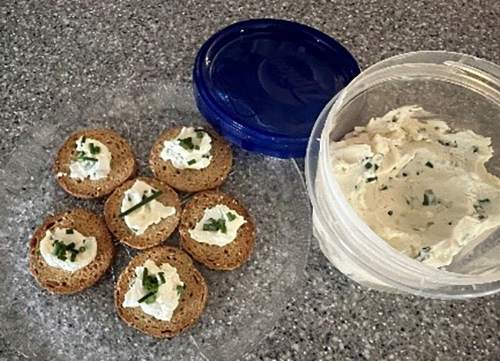
What Plants Resemble Chives
| Feature | Chives (Allium schoenoprasum) | Wild Garlic (Allium vineale) | Garlic Chives (Allium tuberosum) |
|---|---|---|---|
| Size | 50 cm tall | 20 to 50 cm tall | 25 to 50 cm |
| Leaves | Long; round; hollow; green | Long; hollow; cylindrical; green | Gray-green; narrow; flat; roughly triangular |
| Flowers | Pale purple; star-shaped; dense inflorescence | Purple bulbils and pinkish flowers; | Loose umbels; star-shaped; white |
| Fruits/Seeds | Three-valve capsule; small and angular seeds | Tiny bulb flower heads | Papery capsule; triangular seeds |
| Stem/Scapes | Slender; hollow; tubular; growing from bulb | Hollow; slender | Stout; grow from bulb |
| Scent | Mild and less pungent onion smell | Onion-like | Garlic and onion scent |
Warnings And Cautions
Chives are likely safe when taken as food, but overconsuming them can cause digestive upset. There is no information to identify the safe amount for chives when taken as an herbal supplement.
Pregnant and breastfeeding women should take chives only in safe food amounts. There is also no reliable information to prove its safety when taken as medicine.
Topical application of chives may cause allergic skin reactions.
You may also like:
 10 Beautiful Plants That Are Secretly Killing Your Garden
10 Beautiful Plants That Are Secretly Killing Your Garden
Add This “Unusual Nutrient” to Coffee or Tea, to Effortlessly and Fully Empty Your Bowels Every Single Morning (Learn More)
Foraging Calendar: What to Forage in June

 Flowers. The purple or lavender flowers of chives bloom in summer or spring. These edible blossoms are arranged in umbels with 6 rays or petals resembling a star. Each flower is less than an inch in size. The flowers grow in clusters in a showy display of 10 to 30 flowers for each cluster. Before opening, the inflorescence of the chives flower is covered in papery bracts.
Flowers. The purple or lavender flowers of chives bloom in summer or spring. These edible blossoms are arranged in umbels with 6 rays or petals resembling a star. Each flower is less than an inch in size. The flowers grow in clusters in a showy display of 10 to 30 flowers for each cluster. Before opening, the inflorescence of the chives flower is covered in papery bracts.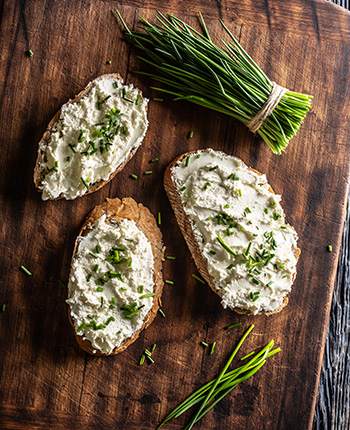
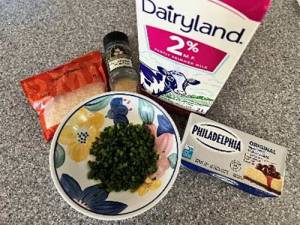
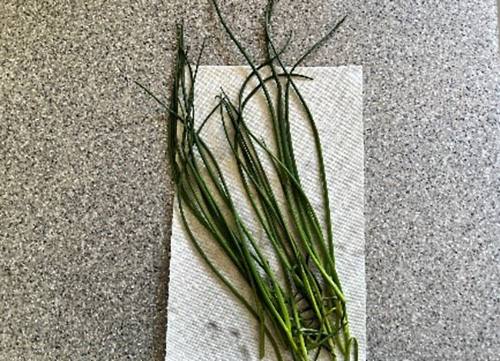
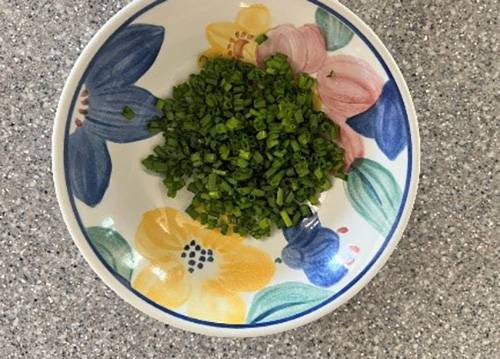

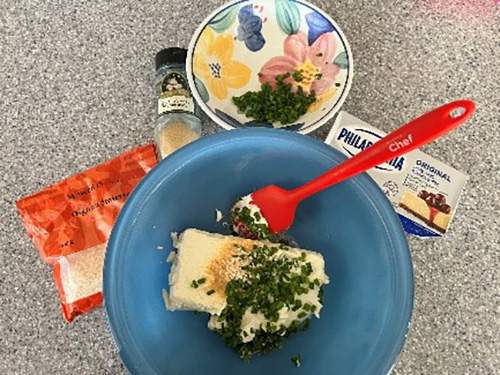
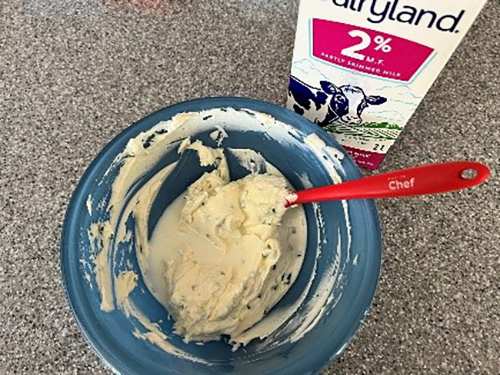
How do you make tinctures of chives, flowers??
Hi Cheryl,
All parts of the plant are edible and used in various food presentations. The chive blossoms are most often used as a pretty garnish for salads and crudite platters but can be added to soups, sauces, potato and egg dishes. Chive blossoms are also an ideal ingredient to flavor vinegar.
You can also make a tincture (like you would make any other liquid extract) using dried chives rings:
https://mountainroseherbs.com/chive-rings
Many blessings and good health!
PLEASE!!! STOP MIXING measurements in metric and USA terminology!!!
PICK a measuring mode and stick with it!!!
Use both so we can have some certainty in this global world